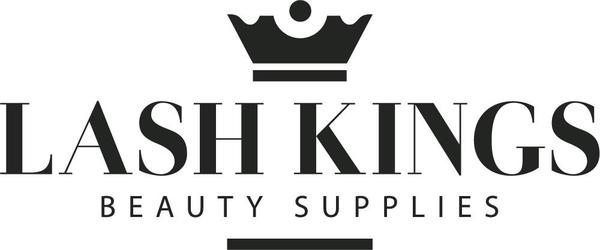Introduction:
In recent years, the realm of health and wellness has seen a surge in interest surrounding alternative and non-invasive therapies. One such emerging technology that has captured the spotlight is LED light therapy. From skincare to pain management, LED light therapy has demonstrated its versatility in promoting well-being. In this blog, we will delve into the science behind LED light therapy and explore its various applications in enhancing both physical and mental health.
Understanding LED Light Therapy:
LED light therapy, also known as photobiomodulation (PBM) or low-level light therapy (LLLT), involves the use of specific wavelengths of light to stimulate cellular function. The therapeutic effects of LED light therapy have been studied extensively, with researchers uncovering its ability to influence cellular processes at the molecular level.
How It Works:
At its core, LED light therapy works by exposing the skin or targeted tissues to low levels of light. This light is absorbed by the cells, triggering a cascade of biological reactions. One key mechanism is the stimulation of mitochondria, the powerhouses of the cells, which leads to increased energy production. This boost in cellular energy is believed to enhance healing, reduce inflammation, and promote various other physiological responses.
Benefits of LED Light Therapy:
-
Skin Rejuvenation: LED light therapy has gained popularity in the skincare industry for its ability to promote collagen production and reduce the appearance of fine lines and wrinkles. Different wavelengths target specific skin concerns, making it a versatile tool for dermatological treatments.
-
Pain Management: The anti-inflammatory properties of LED light therapy make it effective for managing pain and accelerating the healing of damaged tissues. It is used to alleviate muscle soreness, joint pain, and other musculoskeletal conditions.
-
Mood Enhancement: Exposure to certain wavelengths of light has been linked to mood regulation. LED light therapy is being explored as a potential adjunctive treatment for conditions like seasonal affective disorder (SAD) and depression.
-
Wound Healing: The acceleration of wound healing is another area where LED light therapy shows promise. By promoting cellular regeneration, it aids in the recovery process for various types of wounds.
-
Reducing Acne: Blue light therapy, in particular, has demonstrated efficacy in treating acne by targeting the bacteria responsible for breakouts. It can be a non-invasive alternative or complement to traditional acne treatments.
Application Methods:
LED light therapy can be administered through devices like light panels, masks, or handheld devices. Sessions are typically short, ranging from a few minutes to around 30 minutes, depending on the specific treatment and desired outcomes.
Conclusion:
As research continues to uncover the potential benefits of LED light therapy, its applications in the realm of health and wellness are likely to expand. From skincare enthusiasts seeking non-invasive anti-aging solutions to individuals managing chronic pain, the therapeutic potential of LED light therapy continues to illuminate new avenues for holistic well-being. Before incorporating LED light therapy into your wellness routine, it is advisable to consult with healthcare professionals or licensed practitioners to ensure safety and effectiveness for your specific needs.

